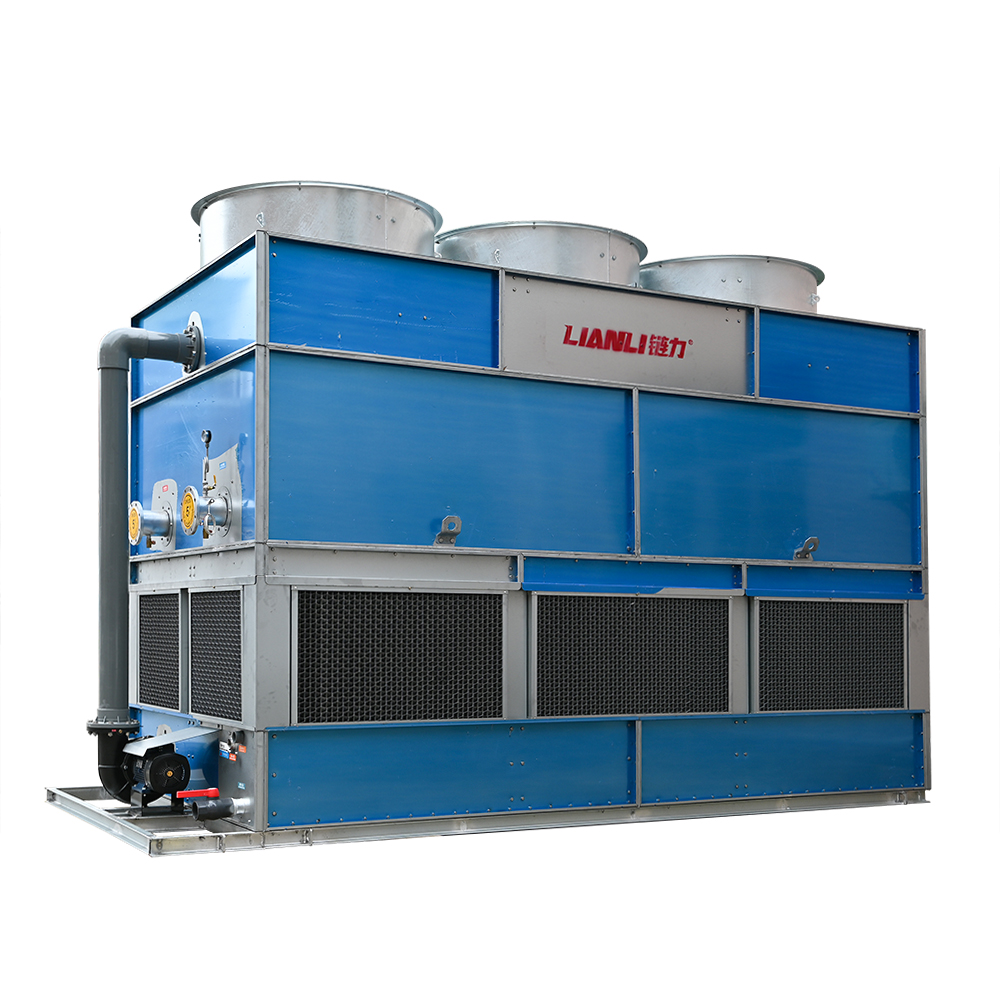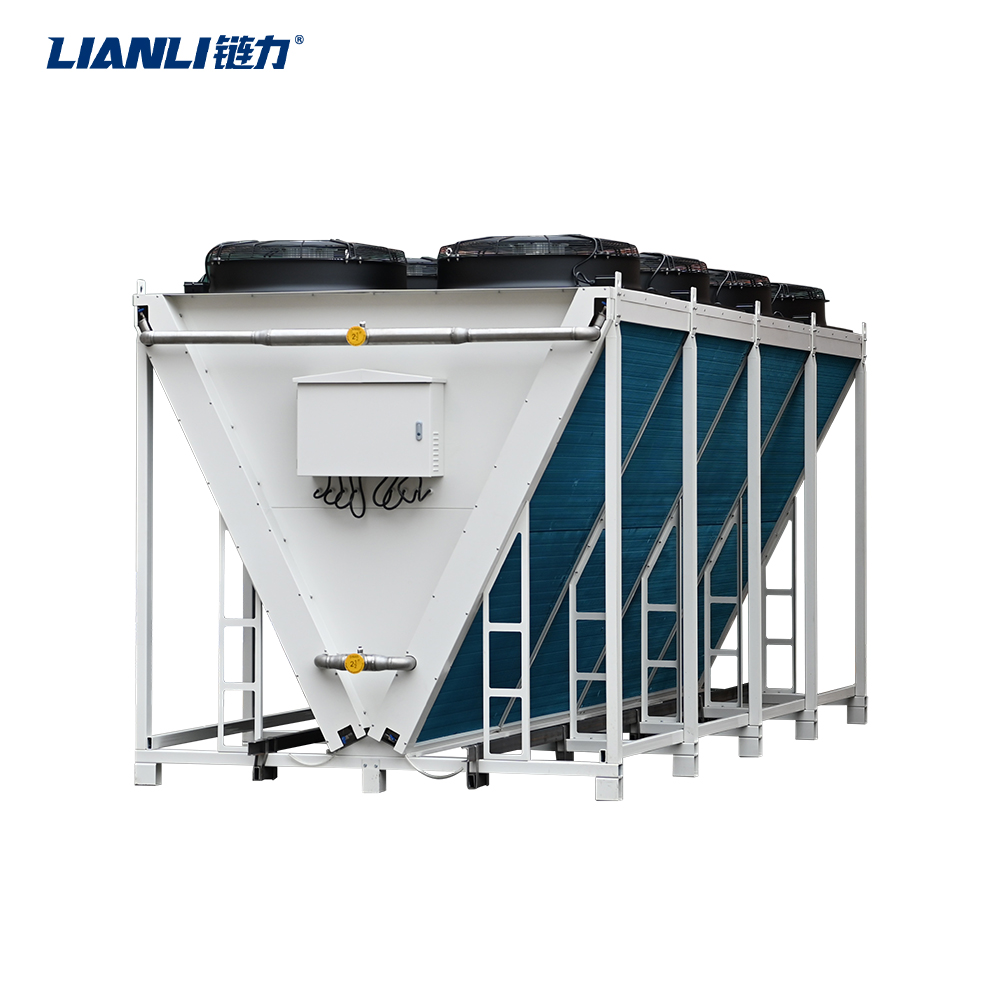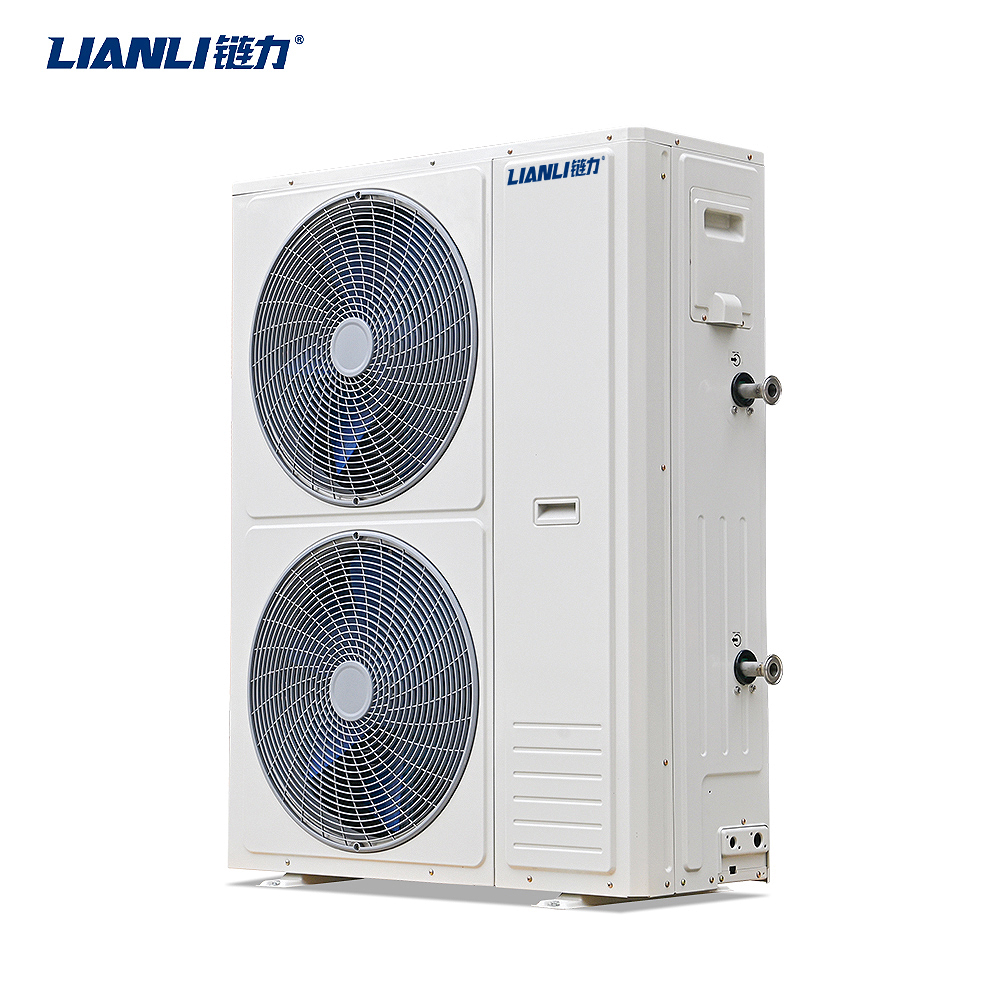Miner S21 XP+ Hyd.: How to Optimize Mining Hardware Cooling with .Water Cooling
The relentless pursuit of higher hash rates in cryptocurrency mining has pushed hardware, like the powerful Bitmain Antminer S21 XP+ Hyd., to its thermal limits. While air cooling remains common, the superior heat dissipation capabilities of water cooling offer a compelling solution for maximizing performance, stability, and longevity. This guide delves into optimizing the cooling of mining rigs, specifically focusing on the S21 XP+ Hyd. model, using water cooling systems.
Why Water Cooling for the S21 XP+ Hyd.?
The Antminer S21 XP+ Hyd. is designed with high efficiency in mind, boasting a significant hash rate. However, this performance generates substantial heat. Traditional air cooling can struggle to keep temperatures optimal, especially in warmer environments or densely packed mining farms, leading to throttling and reduced output. Water cooling, leveraging water’s high specific heat capacity, transfers heat away from critical components (ASIC chips, VRMs) far more efficiently than air. This results in lower operating temperatures, allowing the S21 XP+ Hyd. to maintain peak performance consistently, even under heavy load.
Key Components of an S21 XP+ Hyd. Water Cooling System
A typical water cooling setup for the S21 XP+ Hyd. involves several crucial parts:






- Water Blocks: Precision-machined blocks made of copper or nickel-plated copper are attached directly to the ASIC chips and other heat-generating components on the miner’s boards. These blocks absorb heat and transfer it to the coolant flowing through them.
- Pump: Circulates the coolant (usually a mixture of water and anti-corrosion/anti-algae additives) through the system. Pump reliability and flow rate are critical for consistent cooling.
- Radiator(s): Dissipate the heat absorbed by the coolant into the surrounding air. The size (thickness, surface area) and number of fans attached determine cooling capacity. For the S21 XP+ Hyd., large radiators (e.g., 480mm or larger) with high-static pressure fans are recommended.
- Reservoir: Holds the coolant and allows for easy filling and expansion/contraction. It also helps remove air bubbles from the system.
- Tubing and Fittings: Connect all components. Use high-quality, compatible tubing (e.g., PETG, acrylic) and secure fittings to prevent leaks.
- Coolant: The fluid circulating through the system. Pre-mixed coolants are available, or you can mix your own using distilled water and additives.
- Proper Water Block Installation: Ensure water blocks are mounted correctly with even pressure using the provided screws. Apply thermal paste (if not pre-applied) uniformly and thinly on the ASIC chips before installing the blocks. Improper installation can lead to hotspots and reduced efficiency.
- Radiator Sizing and Placement: Undersized radiators are a common bottleneck. Match the radiator’s heat dissipation capacity to the S21 XP+ Hyd.’s power draw (e.g., ~3360W). Place radiators in areas with excellent ambient airflow, ideally exhausting hot air directly outside the mining facility. Consider using multiple radiators in series or parallel for higher capacity.
- Pump Selection and Flow Rate: Choose a pump with sufficient head pressure to overcome the resistance of the entire loop, especially with multiple water blocks. Monitor flow rate; too low reduces cooling, while excessively high flow can cause vibration and noise without significant gains. Aim for a stable, adequate flow.
- Airflow Management: Water cooling removes heat from components, but the radiator still needs effective airflow to reject that heat. Optimize fan curves on radiator fans to balance noise and cooling performance. Ensure the mining environment has good overall ventilation to prevent ambient temperature rise.
- Regular Maintenance: Inspect the system regularly for leaks, blockages, or algae growth (if using water-based coolant without sufficient biocide). Flush and replace coolant periodically according to manufacturer recommendations. Clean dust from radiator fins.
- Monitoring and Tuning: Utilize the S21 XP+ Hyd.’s built-in monitoring tools to track chip temperatures, hash rate, and power consumption. Adjust fan speeds on the radiator and potentially undervolt the miner (if supported and stable) to find the optimal balance between performance, temperature, and energy efficiency.
- Lower Operating Temperatures: Significantly reduced chip and board temperatures compared to air cooling.
- Increased Stability and Uptime: Prevents thermal throttling, ensuring consistent hash rate output.
- Potential for Overclocking/Undervolting: Lower base temperatures provide headroom for performance tuning.
- Reduced Acoustic Noise: Eliminates the need for high-speed internal fans, resulting in a quieter operation (though radiator fans still produce noise).
- Extended Hardware Lifespan: Lower thermal stress on components can lead to longer miner lifespan.





